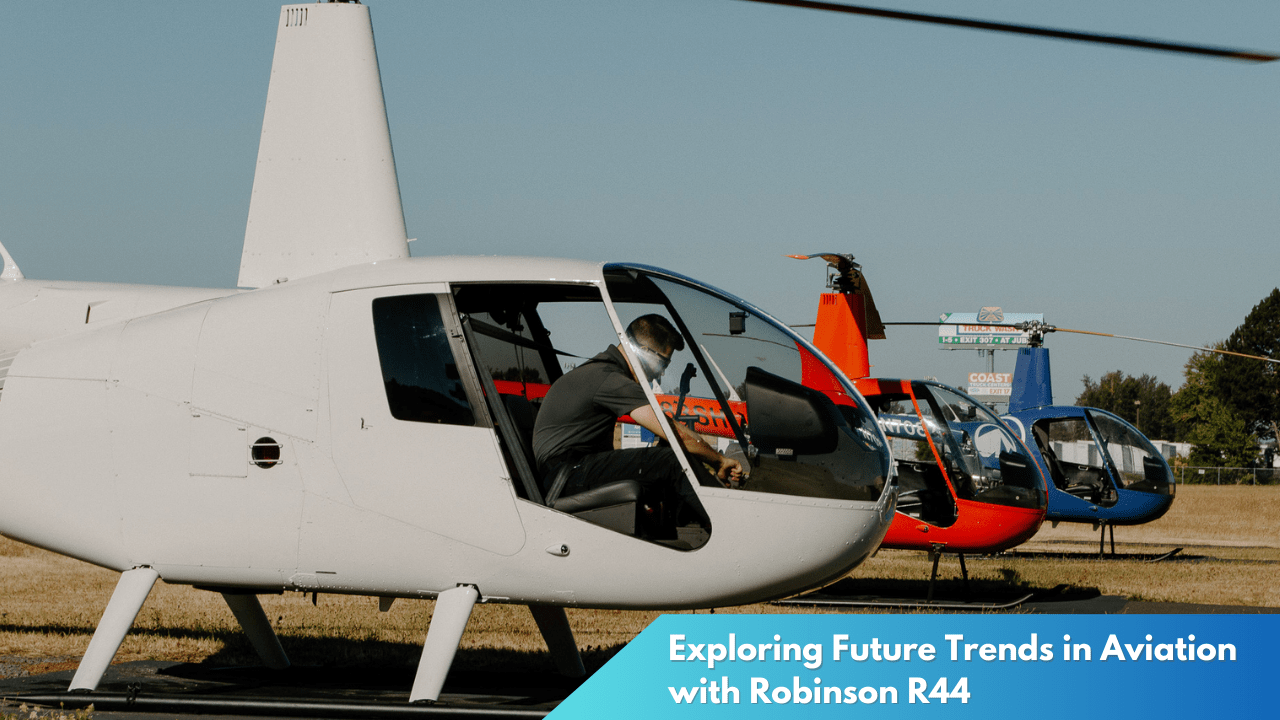Exploring Future Trends in Aviation with Robinson R44
In the rapidly evolving world of aviation, the quest for innovation is relentless. As technology advances, the aviation industry stands on the cusp of a significant transformation, with new trends and technologies promising to redefine air travel. Among the key players driving this change is the Robinson R44, a helicopter that embodies the spirit of innovation and progress. This article delves into the trends shaping the future of aviation and examines the pioneering role played by the Robinson R44 in this dynamic landscape.
Innovations Shaping Tomorrow’s Aviation Landscape

The aviation industry is witnessing a paradigm shift driven by technological advancements and an increasing focus on sustainability. One of the most transformative trends is the integration of artificial intelligence (AI) and machine learning (ML) into aviation systems. These technologies are being harnessed to optimize flight operations, enhance safety, and improve passenger experience. AI-driven predictive maintenance, for example, is reducing downtime and costs by anticipating technical issues before they escalate, marking a significant leap in efficiency.
Another critical trend is the push towards sustainable aviation. The aviation sector is under immense pressure to reduce its environmental footprint, leading to the development of alternative fuels, electric propulsion systems, and more efficient aircraft designs. Companies are investing heavily in research and development to create aircraft that can operate with lower emissions, aiming to meet stringent regulatory standards and fulfill growing consumer demand for eco-friendly travel options. This shift towards sustainability is not just about reducing carbon emissions; it is about reimagining the future of flight in harmony with the planet.
Urban air mobility (UAM) is also emerging as a game-changing trend in the aviation industry. With growing urban populations and increasing traffic congestion, the concept of UAM promises to transform urban transportation by introducing air taxis and other aerial vehicles designed for short-haul flights. These developments could significantly reduce travel times in metropolitan areas and pave the way for new business models in aviation. As infrastructure and regulatory frameworks evolve, urban air mobility is expected to become an integral part of the aviation ecosystem, offering new avenues for growth and innovation.
The Pioneering Role of Robinson R44

The Robinson R44 has established itself as a significant player in the aviation industry, not only due to its versatility and reliability but also because of its role in pioneering new trends. As a small, efficient helicopter, the R44 is perfectly positioned to capitalize on the burgeoning demand for urban air mobility. Its compact size and ease of use make it an ideal candidate for operations in densely populated areas, and it may well become a familiar sight in the skies above major cities as UAM becomes more widespread.
Beyond its potential in urban environments, the Robinson R44 is also a testament to the industry’s commitment to innovation in safety and technological integration. The helicopter is equipped with advanced avionics, facilitating a safer and more efficient flying experience. Its design incorporates cutting-edge materials and technologies, ensuring that it remains at the forefront of the aviation industry. As AI and other technologies continue to evolve, the R44 is likely to integrate these advancements, enhancing its capabilities and solidifying its role as a leader in the aviation sector.
The Robinson R44’s adaptability also extends to the realm of sustainability. As the aviation industry moves towards greener solutions, the R44’s design and operational efficiency make it a suitable platform for experimenting with alternative propulsion systems. This adaptability could see the R44 play a crucial role in the transition to sustainable aviation, serving as a testing ground for new technologies and setting benchmarks for future helicopter designs. By embracing these future trends, the Robinson R44 not only maintains its relevance in the industry but also helps steer it towards a more innovative and sustainable future.
As the aviation industry stands on the brink of unprecedented change, the role of innovative aircraft like the Robinson R44 becomes increasingly significant. By aligning with emerging trends such as urban air mobility, AI integration, and sustainable aviation, the R44 exemplifies how traditional aviation models can adapt to new challenges and opportunities. As technology continues to advance, the Robinson R44 is well-positioned to remain a pivotal force in shaping the future of aviation, leading the way towards a more connected, efficient, and environmentally friendly world.



